President Putin EXPLAINED why Russia didn’t fight to defeat Syria’s “moderate rebels:”
Putin Explains Why Russia Didn’t Fight to Defeat Syria’s “Moderate Rebels”
In a recent statement, Russian President Vladimir Putin offered an explanation for why Russian forces did not engage in a direct confrontation with Syria’s “moderate rebels” during certain key moments in the conflict, particularly during an incident where 35,000 Syrian Arab Army (SAA) troops and pro-Iranian militia fighters allegedly fled from a small group of just 350 militants from Hay’at Tahrir al-Sham (HTS) without engaging in combat. The explanation has sparked considerable debate and raised several important questions about the complexities of the Syrian Civil War, Russia’s role in the conflict, and the broader geopolitical motivations that shaped military strategies on the ground.
The Syrian Civil War: A Complex Battlefield
The Syrian Civil War has been one of the most multifaceted and brutal conflicts of the 21st century, with numerous factions vying for control over different parts of the country. The government of Syrian President Bashar al-Assad, with the backing of powerful international allies like Russia and Iran, has been fighting against a multitude of rebel groups, many of whom were initially seen as the “moderate opposition” to Assad’s regime. However, as the war has evolved, the lines between these various factions have become increasingly blurred, with some groups becoming more radicalized or shifting allegiances as the conflict progressed.
One of the key players in this complex war has been Hay’at Tahrir al-Sham (HTS), a jihadist group that has been a significant force in the Syrian opposition. Originally part of al-Qaeda’s affiliate in Syria, HTS has often found itself in direct opposition to both Assad’s government and other rebel factions, making it a key adversary in the conflict. Despite its relatively small numbers, HTS has managed to hold onto territory in the northwestern region of Syria, including Idlib, the last major stronghold of opposition forces.
The Incident: 35,000 Syrian Forces Flee from 350 HTS Militants
The specific incident Putin referred to highlights a dramatic moment in the conflict when HTS militants were able to force the retreat of a much larger force composed of Syrian government troops and allied militia groups, including those backed by Iran. According to Putin, 35,000 Syrian and pro-Iranian militia fighters fled from 350 HTS militants without putting up a fight. This, according to the Russian president, was a result of the Syrian military’s decision not to engage in a battle that could have led to unnecessary casualties. Instead of risking further bloodshed, the Syrian forces chose to retreat, which Putin framed as a tactical decision aimed at preserving strength for future engagements.
This explanation, however, raises several important questions about the state of the Syrian military and the broader military strategy employed by Russia in Syria. Despite the overwhelming numerical advantage that the Syrian forces had in this specific encounter, their failure to hold their ground against a smaller force could be interpreted as a sign of weakness or a lack of preparedness. While Putin emphasized the strategic rationale behind the decision to retreat, critics argue that such an event undermines the credibility of the Syrian military’s capacity to effectively defend the country, even with the significant backing of Russian and Iranian forces.
Strategic Priorities: The Larger Geopolitical Picture
There are also deeper political and strategic considerations behind this decision. Over the course of the war, Russia has maintained its support for Bashar al-Assad’s regime, helping to turn the tide of the conflict in his favor through both airstrikes and military aid. However, Russian involvement in Syria has been shaped by a complex set of objectives, including maintaining a foothold in the Middle East, countering Western influence, and ensuring the survival of Assad’s government. As a result, Russia’s military strategy has sometimes involved avoiding direct confrontations with groups like HTS, which were seen as less of a strategic priority compared to other more significant threats, such as the Islamic State (ISIS) or forces aligned with the United States and NATO.
By focusing its efforts on eradicating the more dangerous extremist groups like ISIS, Russia and Assad’s forces aimed to create a more stable situation in Syria that could allow for negotiations with other rebel factions or external powers, such as Turkey. HTS, despite its jihadist roots, did not pose the same direct existential threat to the Syrian regime in the same way that ISIS did in the earlier years of the war. As such, the decision to avoid a direct confrontation with HTS could be seen as a tactical choice, aimed at conserving resources and focusing on bigger strategic objectives.
The Role of Iran and the Syrian Military’s Capabilities
In the broader context of Russian military involvement in Syria, this event is a reminder of the limitations that Moscow has had to work within. Despite Russia’s advanced weaponry, air superiority, and military expertise, it has had to carefully navigate the complex web of alliances, rivalries, and interests that shape the Syrian battlefield. In some cases, direct military confrontation with smaller, more flexible groups like HTS or other opposition factions could have led to unnecessary escalation, which would have drawn attention away from Russia’s larger objectives.
There is also the matter of Syria’s internal military capabilities. The Syrian Arab Army, despite its substantial size and the heavy support it has received from Russia and Iran, has often been described as underprepared and overstretched. Over the course of the war, Syrian forces have faced significant losses, both in terms of manpower and equipment. Many of the troops in the SAA are conscripts with limited training, and their morale has often been low. This has created a situation where even with substantial numerical superiority, the Syrian military has sometimes struggled to hold ground against well-trained or ideologically driven militants like HTS.
Political Calculations: Preserving Stability Over Confrontation
Putin’s remarks also point to the complex political landscape within Syria, where various regional actors are involved with conflicting interests. Iran, for example, has been a staunch ally of Assad, providing both military and financial support to ensure the survival of his regime. However, Iran’s presence in Syria has raised concerns among other regional powers, particularly Israel and Saudi Arabia, and has led to tensions between various factions within Syria. The presence of pro-Iranian militias, which operate alongside the Syrian Arab Army, has complicated the situation further, as they often have their own strategic priorities that may not always align with those of the central government or Russia.
Despite these challenges, Putin’s framing of the Syrian military’s retreat from HTS militants as a strategic decision rather than a sign of weakness reflects Russia’s broader strategy of supporting Assad while avoiding direct confrontation with certain groups. By choosing to avoid unnecessary conflict with HTS in this instance, Russia and Syria may have been preserving their forces for more crucial operations against other more pressing threats.
Russia’s Military Strategy in Syria: The Bigger Picture
The complexities of the Syrian Civil War, with its shifting alliances, diverse factions, and competing regional powers, have made it clear that military strategy in the region is not always about defeating every enemy in sight. Instead, it’s often about making difficult choices to manage limited resources, avoid escalation, and achieve broader geopolitical objectives. While Putin’s explanation may not satisfy all critics, it offers insight into the complicated decisions that guide Russia’s military involvement in Syria, where the strategic balance is constantly shifting and where every move is influenced by a multitude of factors, both military and political.
In conclusion, Putin’s explanation highlights the complicated nature of Russia’s role in Syria. The decision not to fight HTS militants could have been a calculated one, driven by the need to conserve resources, avoid unnecessary escalation, and focus on more critical strategic goals. While the flight of Syrian forces may raise questions about the readiness of Assad’s military, it is also indicative of the broader challenges faced by all parties in the conflict, including Russia. The dynamics of the Syrian war remain deeply complex, and Russia’s involvement continues to be shaped by a combination of military, political, and strategic priorities aimed at securing long-term influence in the region.
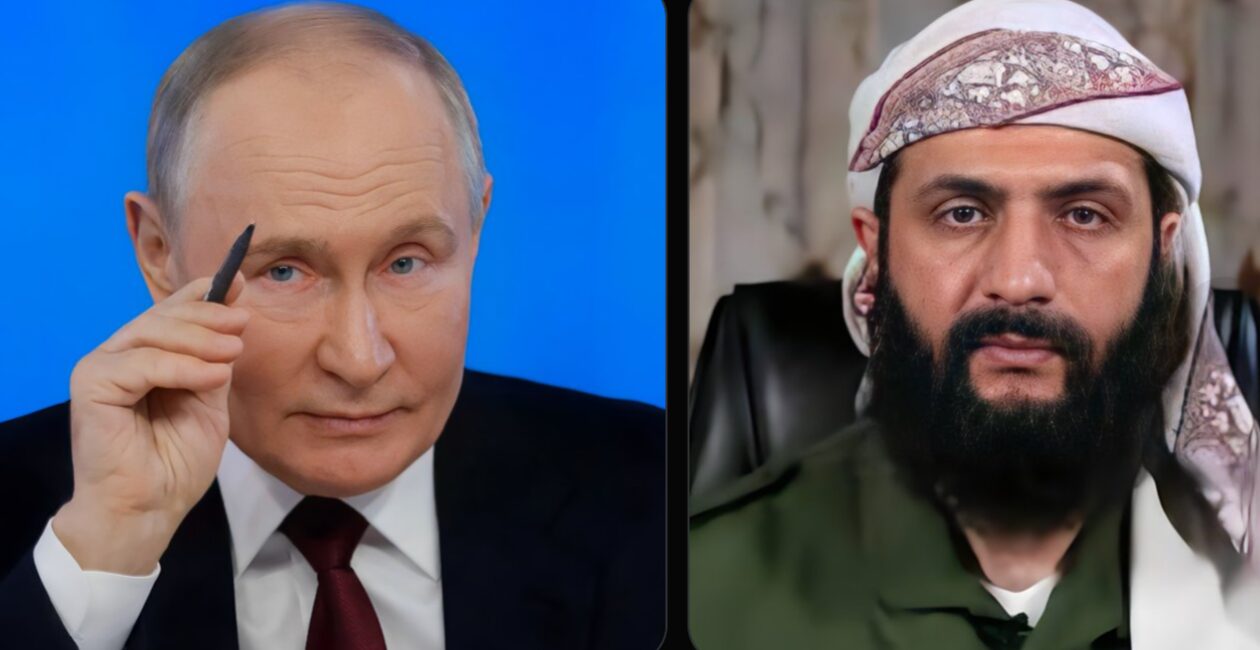
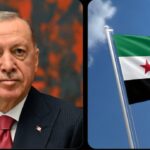
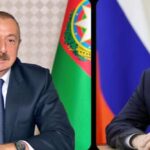
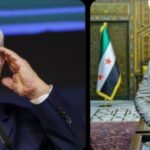
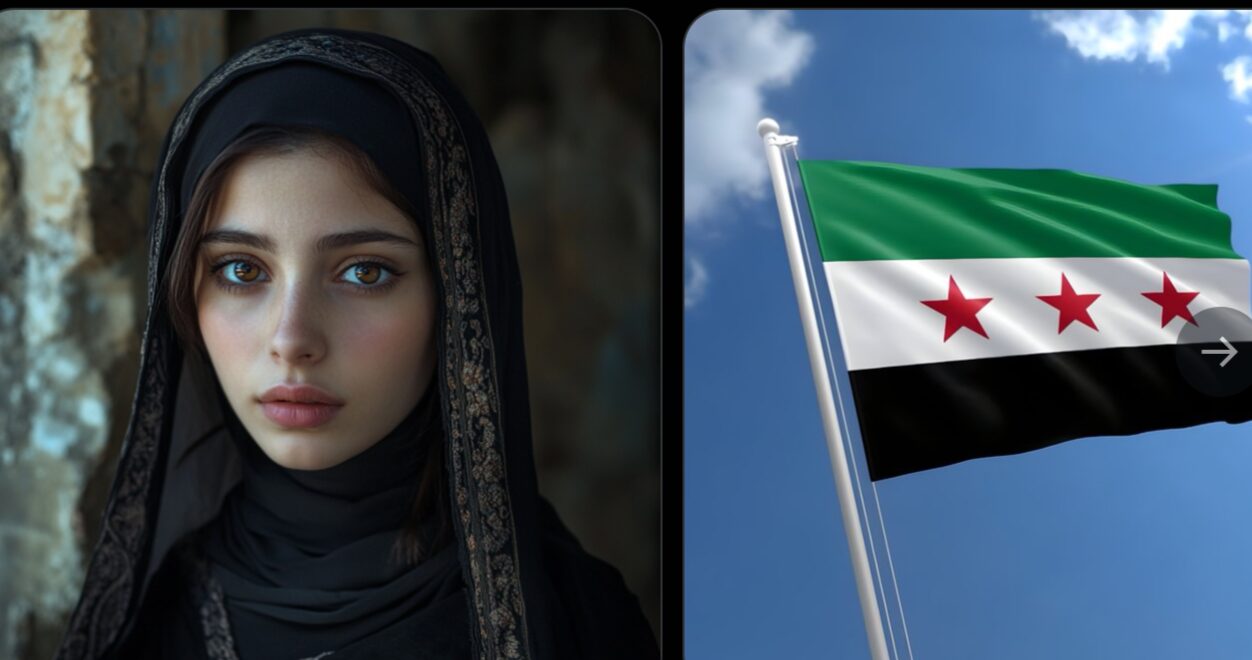
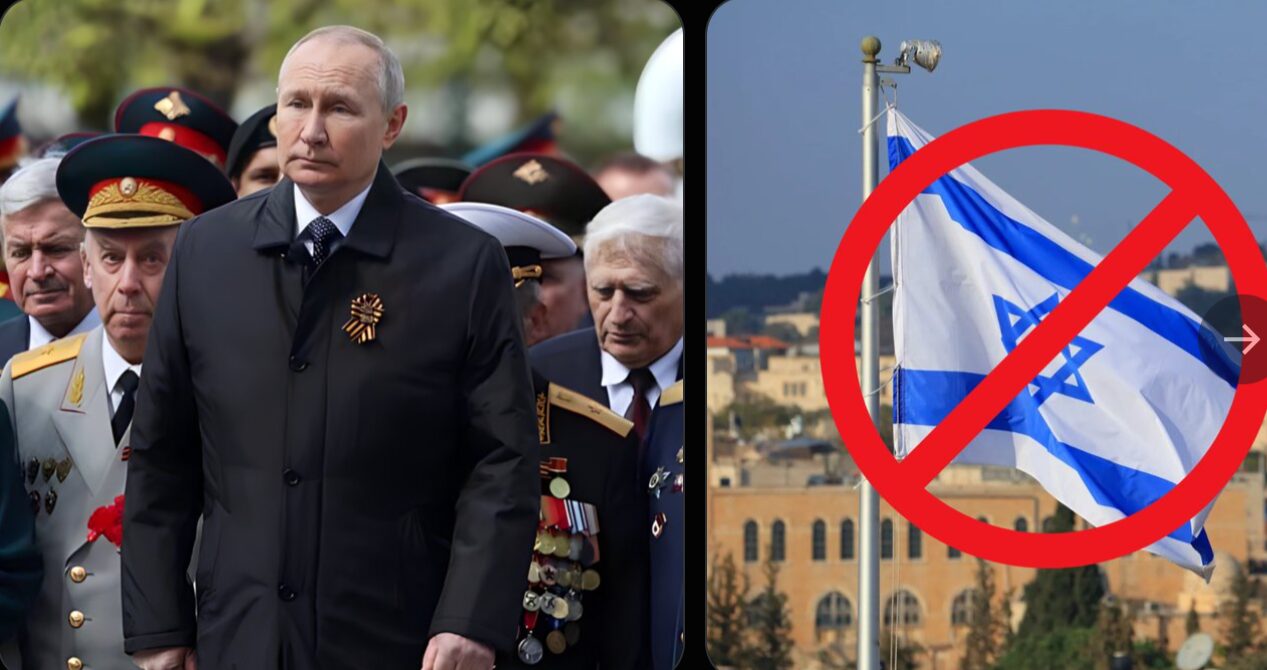

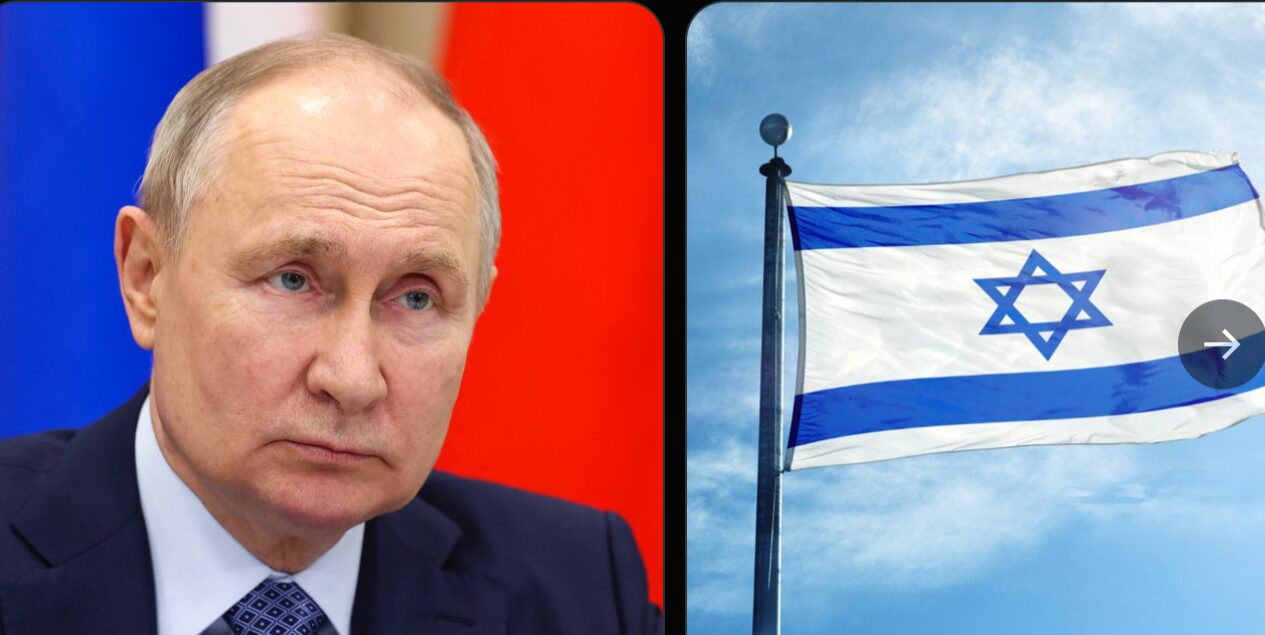
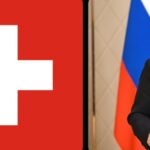
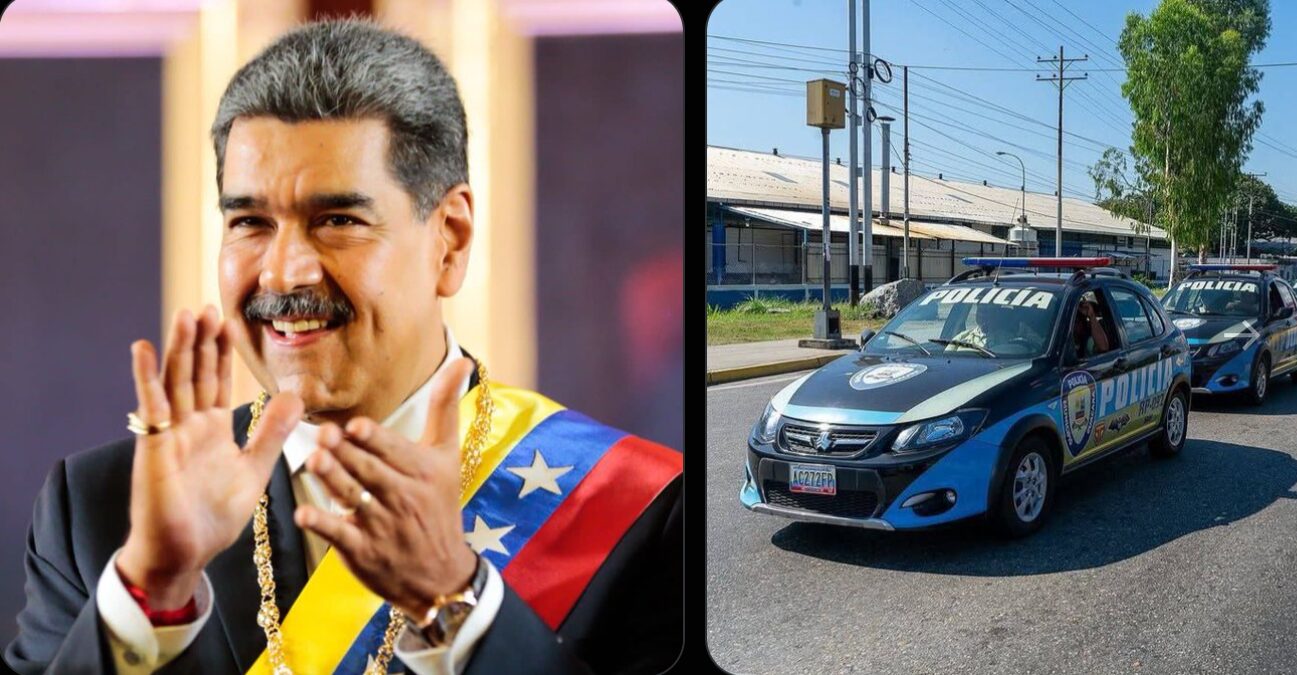
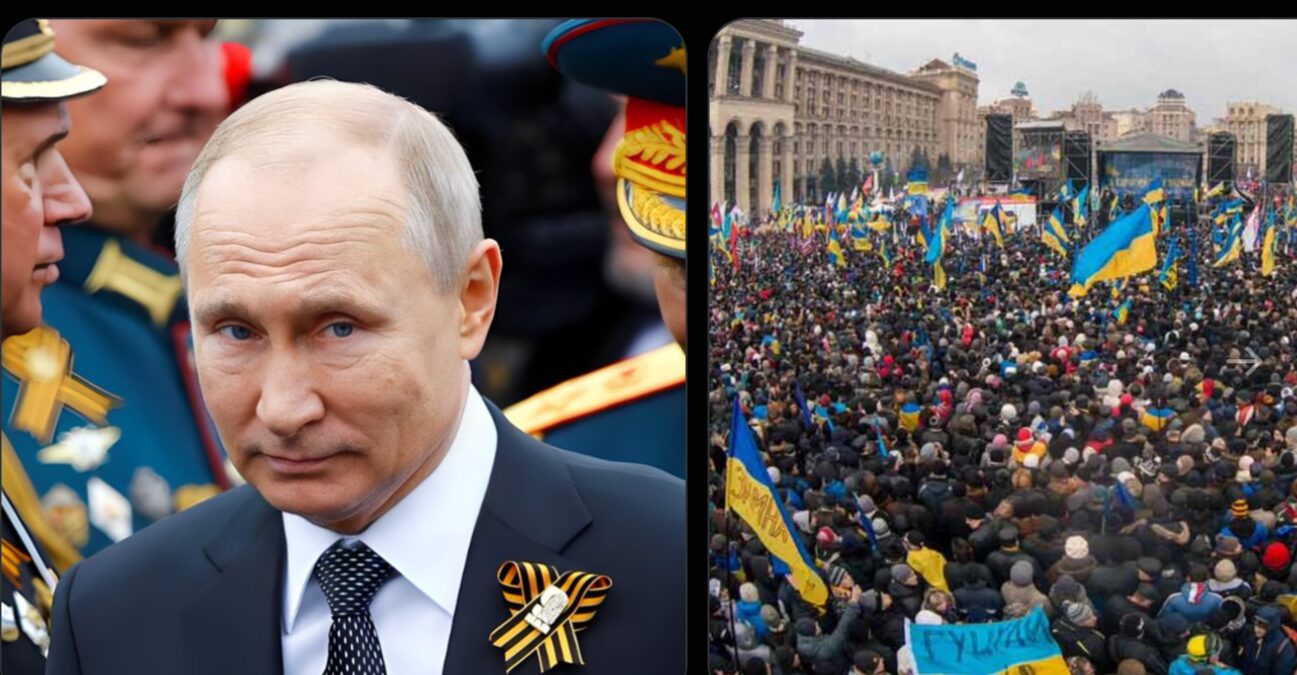
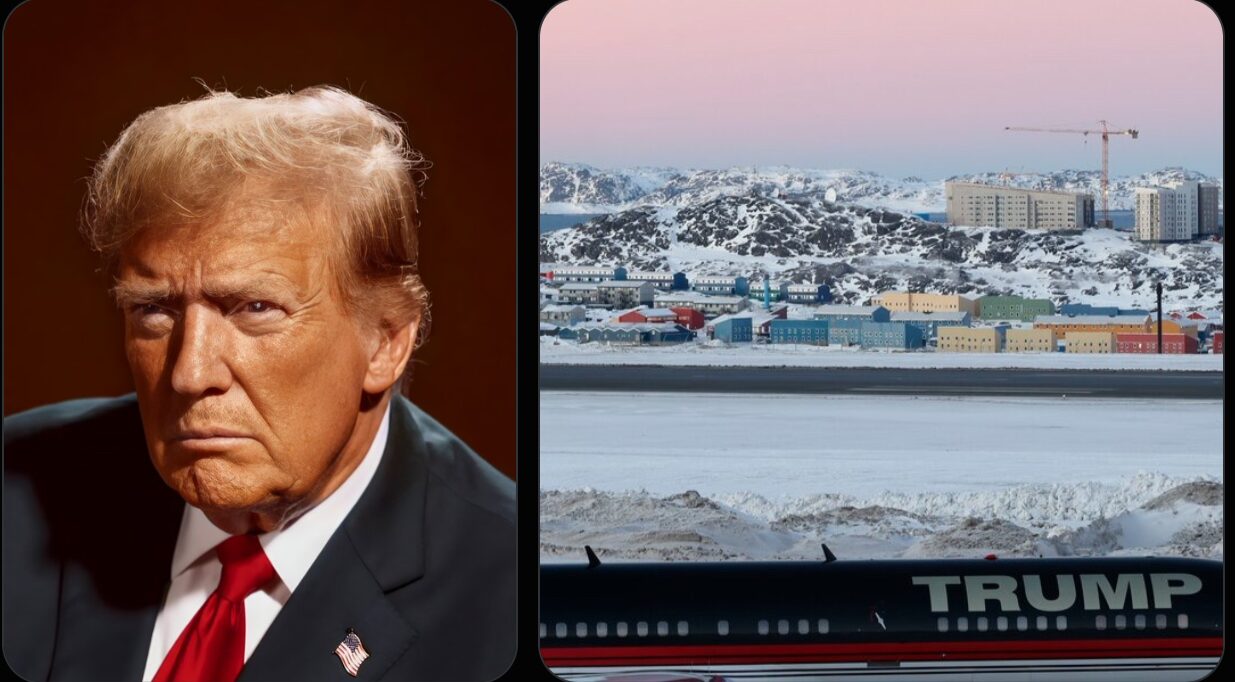
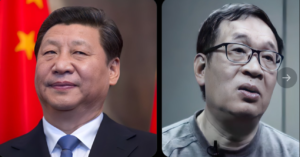
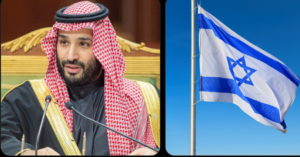
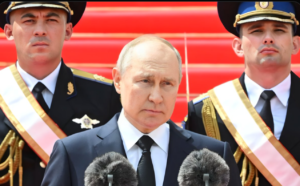
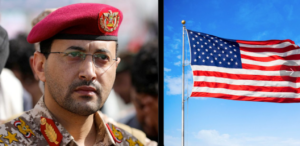

Post Comment